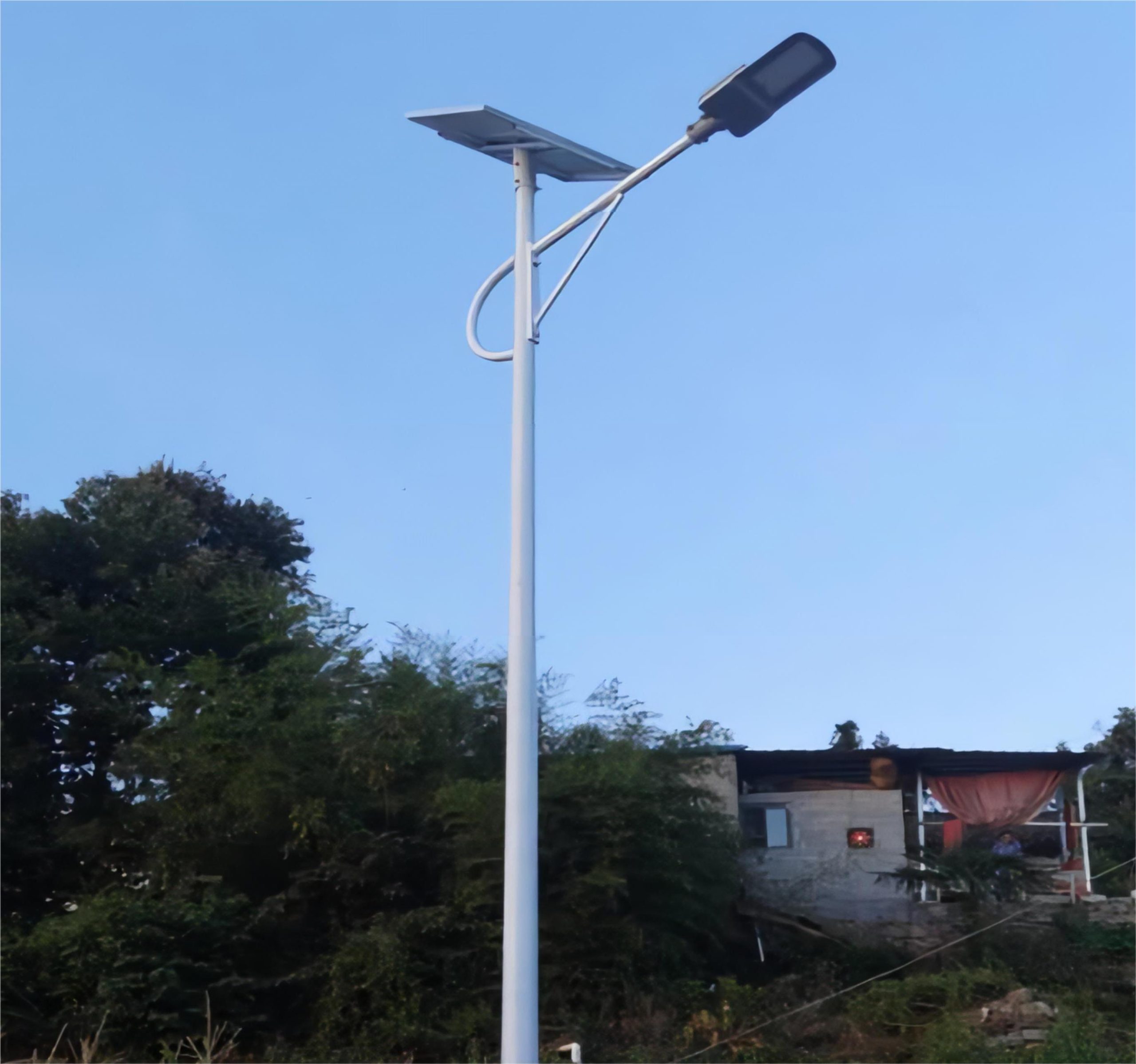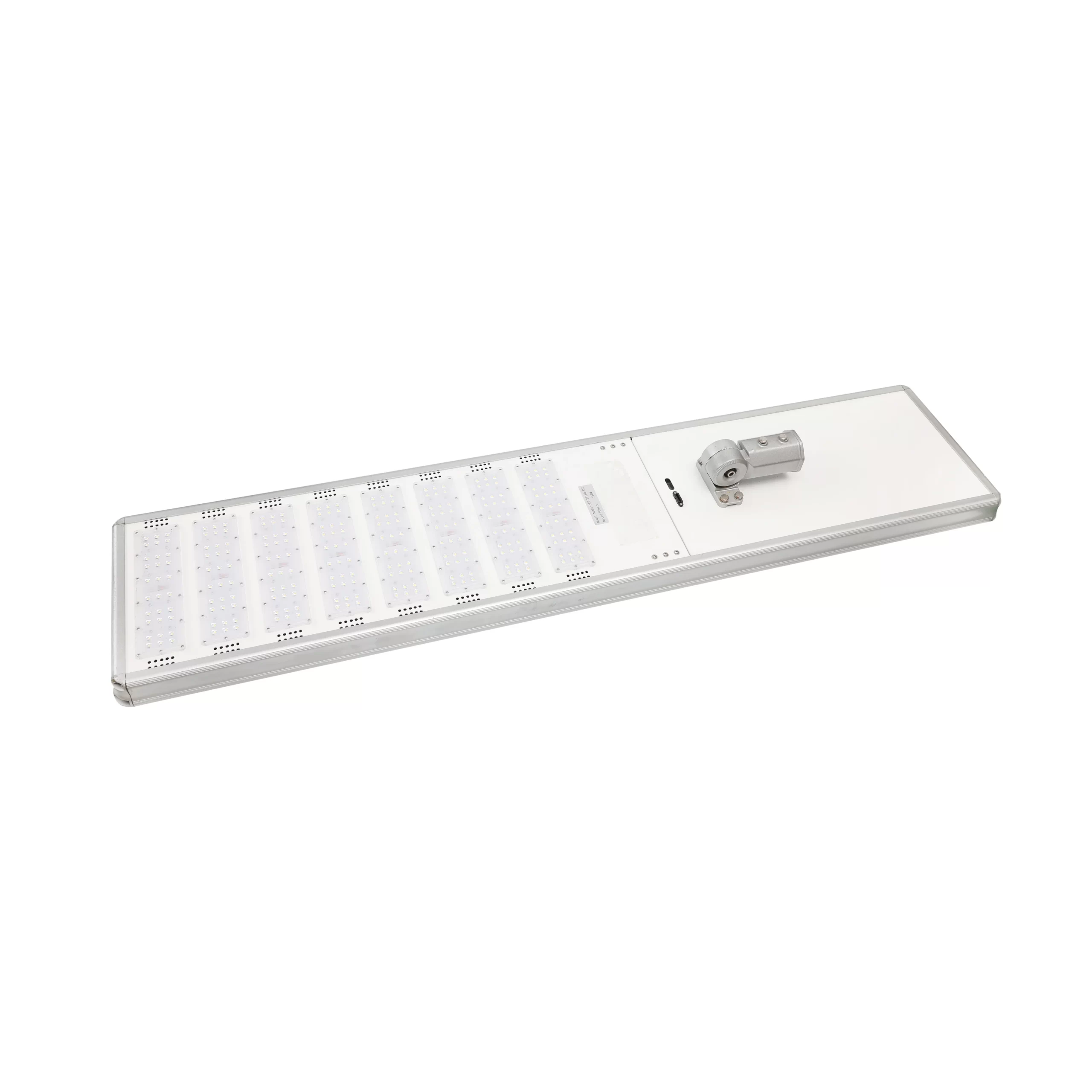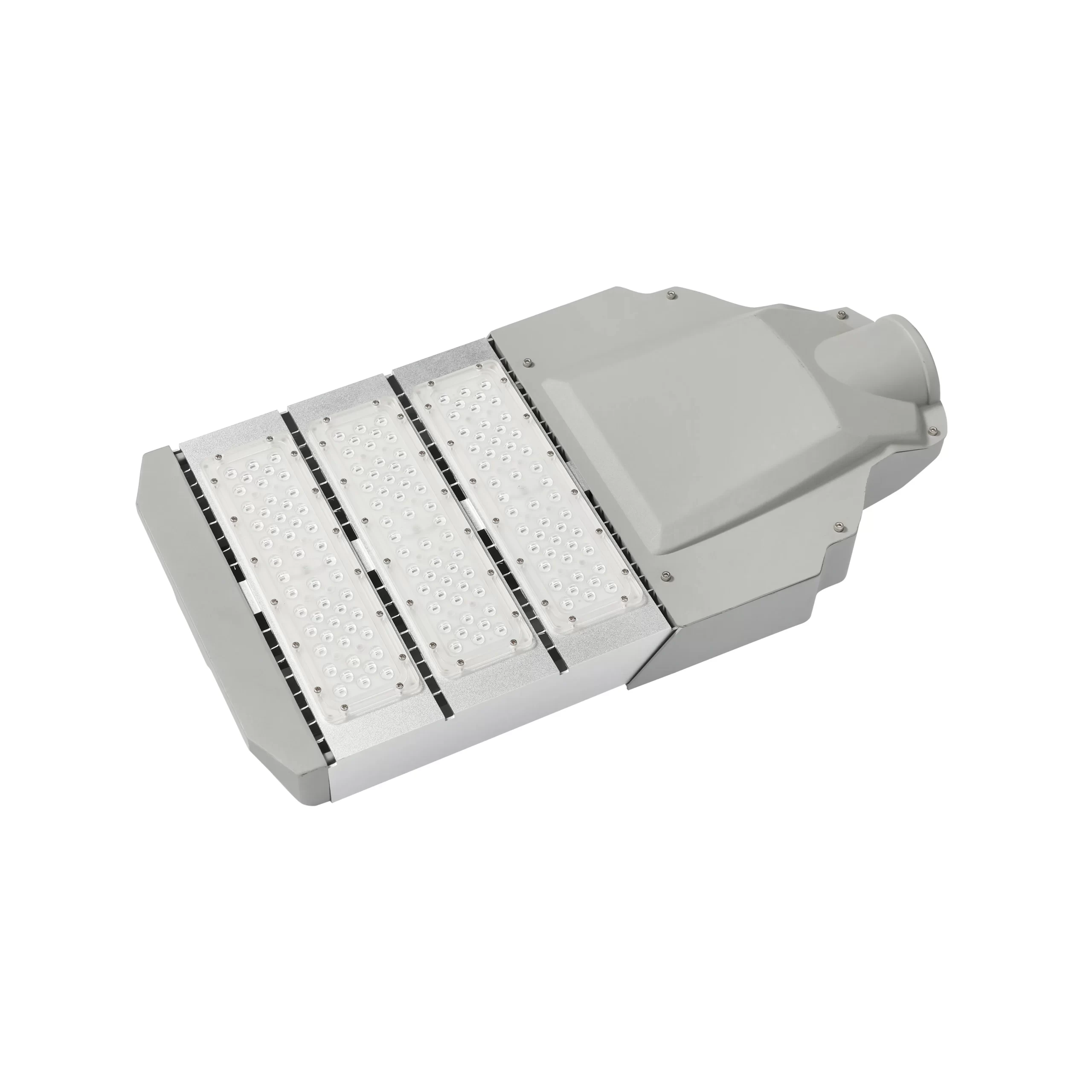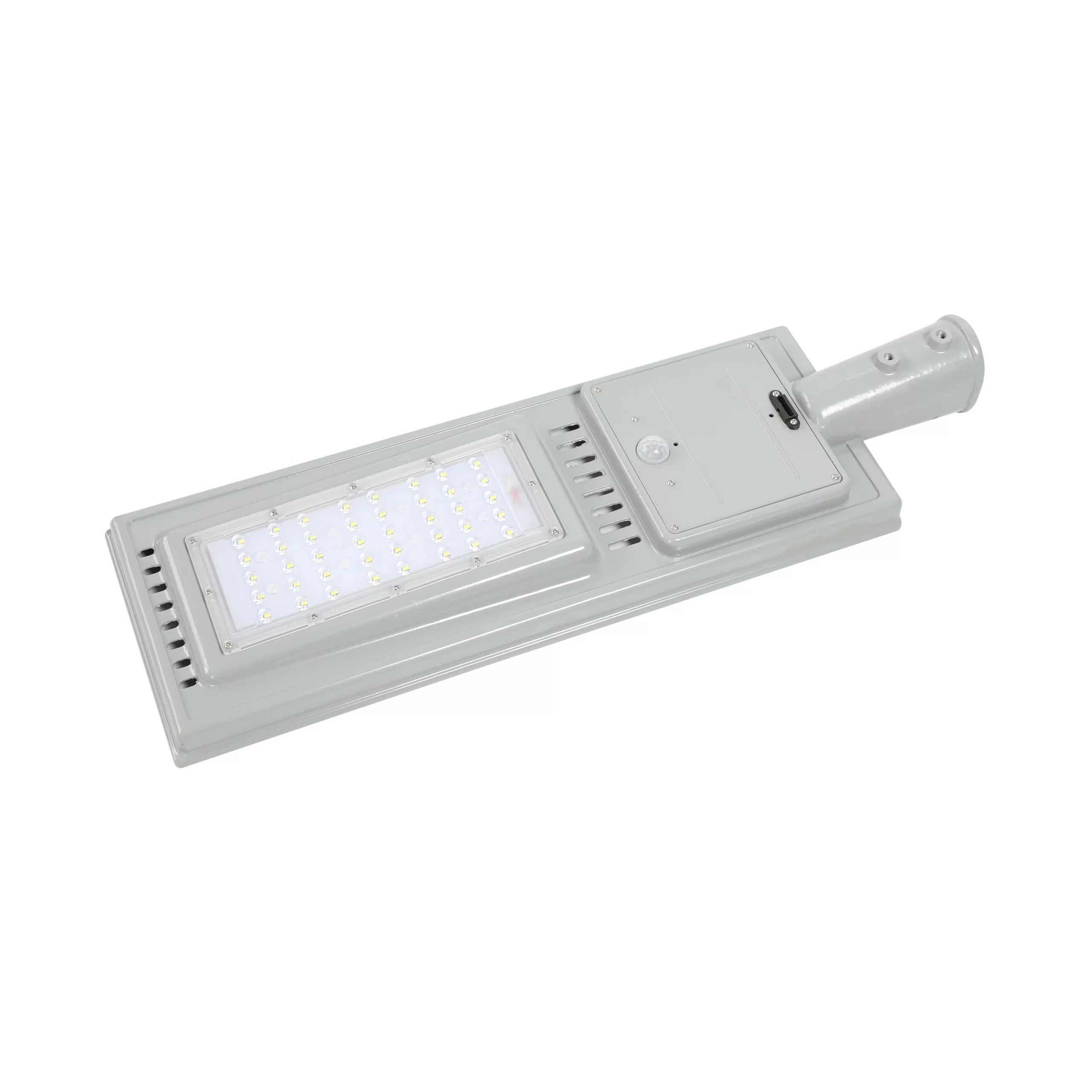Intelligent lighting refers to the utilization of the Internet of Things (IoT) technology, wired/wireless communication protocols, power line communication (PLC) technology, embedded computer-based intelligent information processing, and energy-efficient control mechanisms, all integrated into a distributed lighting control system, to achieve intelligent and automated management of lighting equipment.
The urban intelligent lighting system, serving as a pivotal subsystem within the smart city infrastructure, harnesses wireless technologies such as Zigbee, WiFi, and GPRS along with IoT and IT advancements to enable remote control functions like single-light switching, dimming, and detection, thereby ushering in a new era of urban lighting that is both efficiently managed and energy-efficient.
The application of intelligent lighting in cities is vast and comprehensive, primarily manifesting in the following areas:
- Urban street lights: The intelligent lighting system dynamically adjusts the switching and brightness of streetlights based on factors such as day-night cycles, sections, time periods, and traffic flow. This approach not only curtails energy waste but also prolongs the lifespan of the lamps. Furthermore, by integrating with the traffic management system, the system can intelligently modulate the brightness and duration of traffic signals based on real-time traffic conditions, optimizing traffic flow patterns, alleviating congestion, and enhancing road capacity.
- Park and square lighting: In public spaces like parks and squares, intelligent lighting systems dynamically adjust the on/off schedule, brightness, and color palette of lighting fixtures in accordance with crowd density and ongoing activities. This approach not only cultivates a cozy and harmonious ambiance but also elevates the leisure experience for visitors.
- Smart communities: In a smart community setup, the intelligent lighting system seamlessly integrates with security, HVAC, energy management, door and window controls, and other subsystems. For instance, when no human activity is detected, the system automatically shuts off lights and adjusts the AC temperature, achieving intelligent energy-efficient management. Additionally, the lighting system adapts the scene mode to the living situation (e.g., returning home, dining, entertaining guests) to offer a more cozy and convenient living environment.
- Energy saving and emission reduction: The intelligent lighting system significantly reduces energy consumption through smart controls and management. For instance, new energy-efficient lighting not only mitigates environmental pollution but also enhances people’s quality of life. Given that most cities have implemented energy-saving policies, such as solar outdoor lighting projects, energy conservation and emission reduction are not only economically viable but also critical for societal well-being.
- Enhanced Security: By installing smart lighting systems in areas with inadequate lighting, cities can significantly boost security. These include poorly-lit streets, parking lots, multi-level garages, alleys, campuses, parks, and other public spaces that often rely on outdated infrastructure. By leveraging IoT-enabled intelligent lighting systems, cities can effectively enhance public safety.
Compared to traditional lighting, intelligent lighting achieves safety, energy efficiency, comfort, and productivity, thus presenting promising development prospects in the domains of home, office, business, and public facilities.










